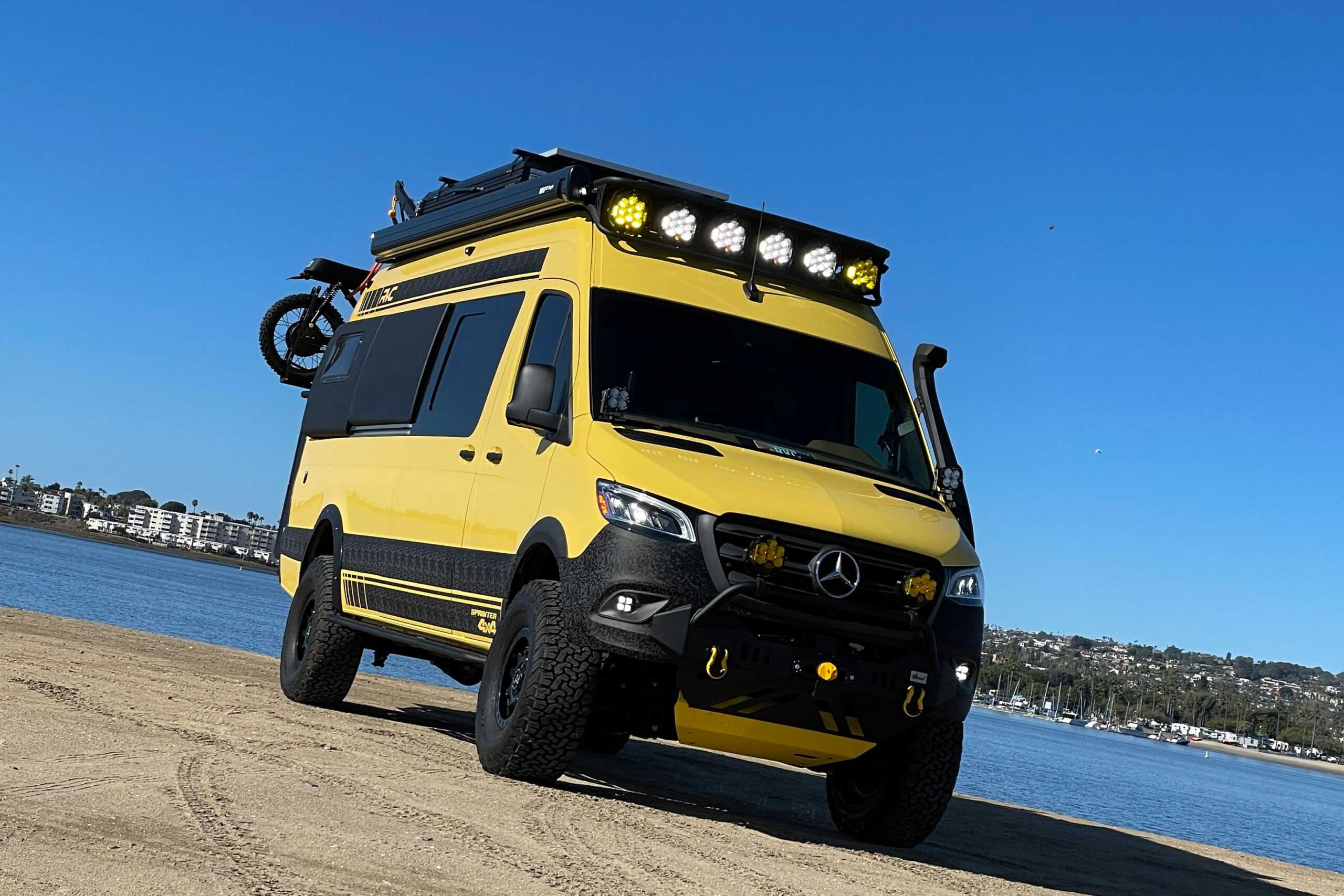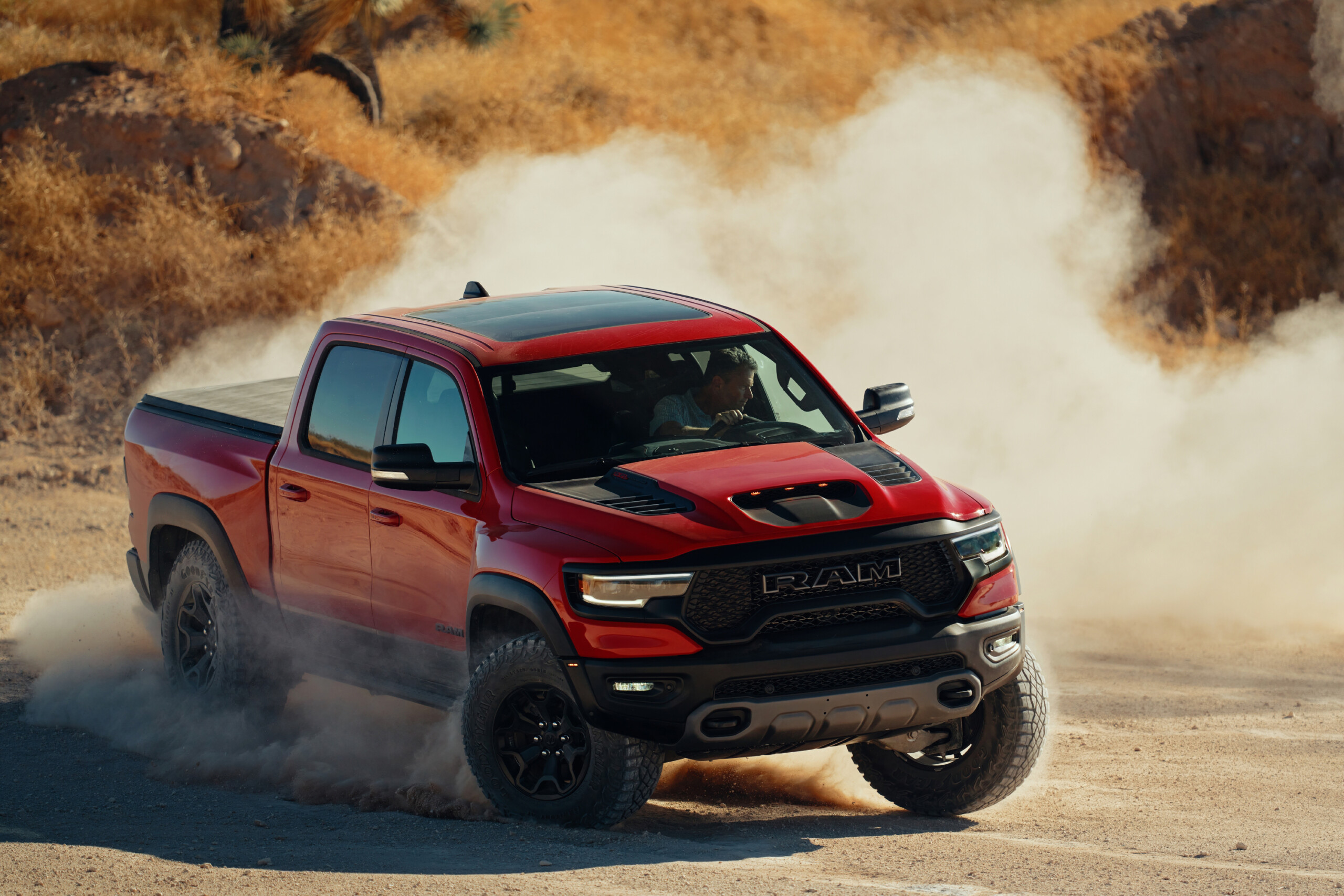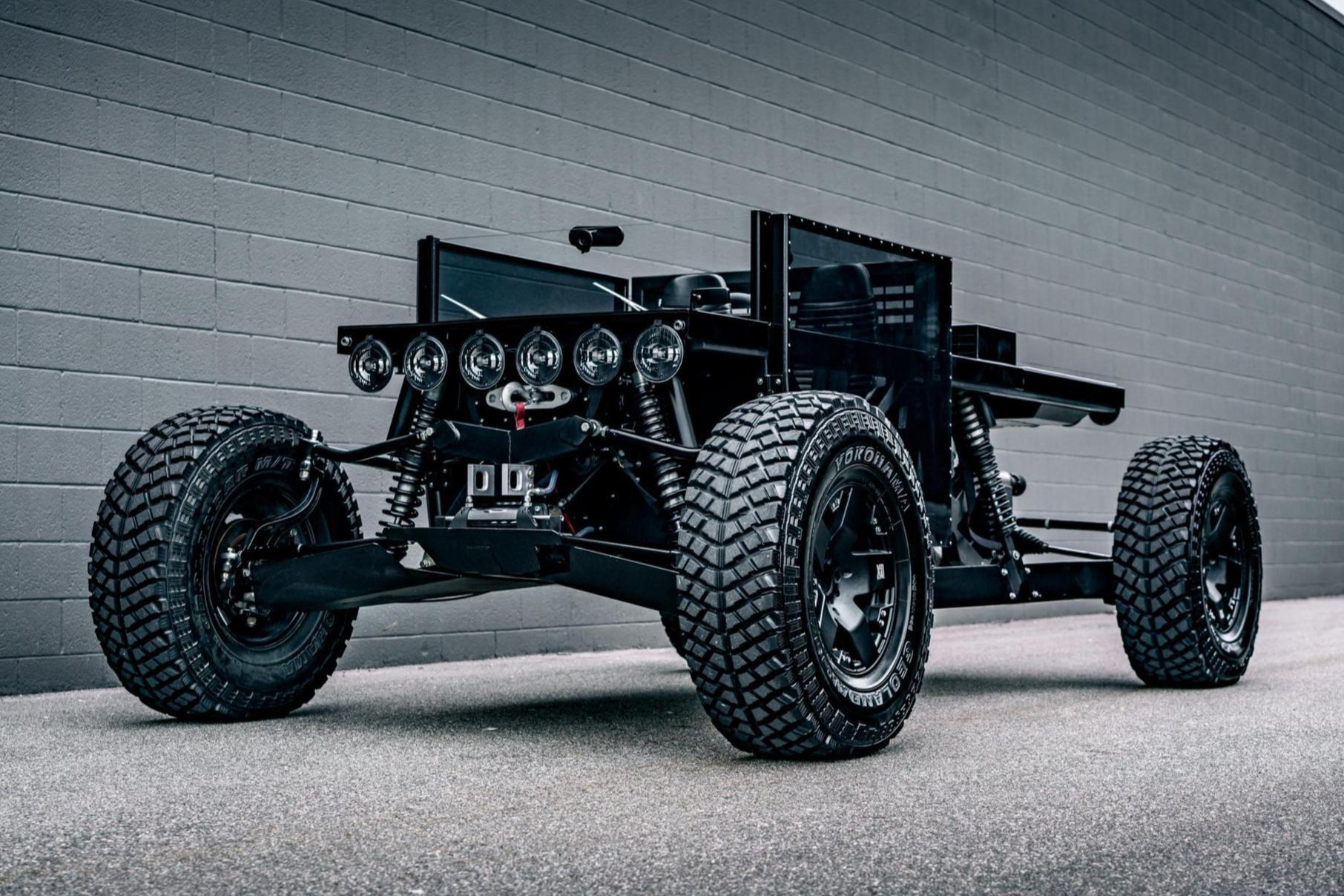
Image: autoevolution
For many decades, the Suzuki Samurai has been the unexpected hero of the off-road market, providing reliable off-road transport in a smaller-than-usual, unexpected package. But before the Samurai (also known as the SJ413 Jimny) was even a thought, Suzuki came out with the first-generation Jimny, starting with the LJ10 model. It is this model that we take a closer look at on this Vintage Monday!

Suzuki LJ10. Image: Wikipedia
The Jimny line of off-road vehicles can trace its heritage back to before Suzuki was even involved, when the Japanese automotive manufacturer Hope Motor Company released its small Mitsubishi-engined Jeep-style model in 1967 called the HopeStar ON360.
In 1968, Suzuki bought the Hope Motor Company and started implementing its own designs into the off-road market based on the ON360, when Mitsubishi opted not to take over the off-road vehicle’s production.
The first Jimny made its debut in 1969 as a 1970 model. It was called the LJ10, short for Light Jeep 10, and was basically a re-bodied and re-powered ON360.
Features that made the Jimny as capable, if not more so, off-road was that it included a ladder-style frame, leaf-spring suspension in both the front and rear, and 16-inch wheels. Of course, we can’t forget about the rigs four-wheel-drive system.

Image: Wikipedia
Powering the new LJ10 was a 359cc air-cooled Suzuki FB inline-2 engine, which produced just 24 HP and 27 pound-feet of torque. But with an overall length of under 10 feet and a weight of just 1300 pounds, the LJ10 still boasted a top speed of 47 MPH. The engine was backed by a dual-range transmission.
Because the LJ10 was so small, with three seats and an interior-mounted spare tire, and had an engine under 360cc, it was considered a Kei Car (which gave Suzuki tax benefits), making it the first of its kind to have four-wheel-drive.

Suzuki LJ20. Image: Jimny Blog’s
By May of 1972, Suzuki had renamed its off-road contribution the LJ20 and equipped it with a 359cc water-cooled L50 inline-two engine. This powerplant provided the vehicle with 28 HP, giving the vehicle a top speed of 50 mph. Due to emission regulations, a “cleaner” 26 HP engine replaced the 28 HP L50 version near the end of the LJ20.
Other updates that came with the launch of the LJ20 included a new grille, optional left-hand-drive, and a special hard-top version with 15-inch wheels.
The LJ20 could also be had in special four-seater form, with the two rear seats being smaller and facing one another to still fit an interior-mounted spare tire.
The LJ20 was exported to the US, but not by Suzuki. Rather, a company named International Equipment Company (IEC) imported them from Japan.

Suzuki SJ10. Image: Wikipedia
In 1975, the SJ10 (also known as the LJ50 in other markets) made its debut for the export market with a new 539cc LJ50 inline-three engine good for 33 HP. In 1976, the Japanese market received the SJ10 model, complete with the 539cc LJ50 engine as well, but it was toned down to produce just 26 HP for the home market.

Image: TradeBit.com
The SJ10 line was the first model to offer an official fourth seat, with the spare tire now moved to the side door. In 1977, the model got a facelift, giving the SJ10 fender flares over the rear wheels and a bigger hood.
Suzuki commissioned a number of SJ10/LJ50 models for export markets, including soft-top and hard-top versions for the Australian market. These models had 33 HP and 42 pound-feet of torque. The LJ51P model, a pickup truck version of the Jimny with a longer wheelbase was introduced in some markets in 1976.
In 1977, when the home-market version of the SJ10 was being updated, so to was the LJ50 model, which was upgraded to the LJ80 and featured an 800cc engine. This model would become known as the SJ20 in Japan and the last model in the first generation of the Suzuki Jimny.

Image: Go Motors
Introduced in 1977, the SJ20 featured a new 797cc F8A four-cylinder engine good for 41 HP, higher gearing and an improved interior. Metal doors were introduced on the model in 1979 for the first time.
By 1981, the first-generation Jimny had run its course and Suzuki transitioned the model into its second go-around. It was during this generation (1981 to 1998) that the Samuri/SJ413 came about, starting with production in 1984 and exported to the United States in 1985 for the following model year.

















